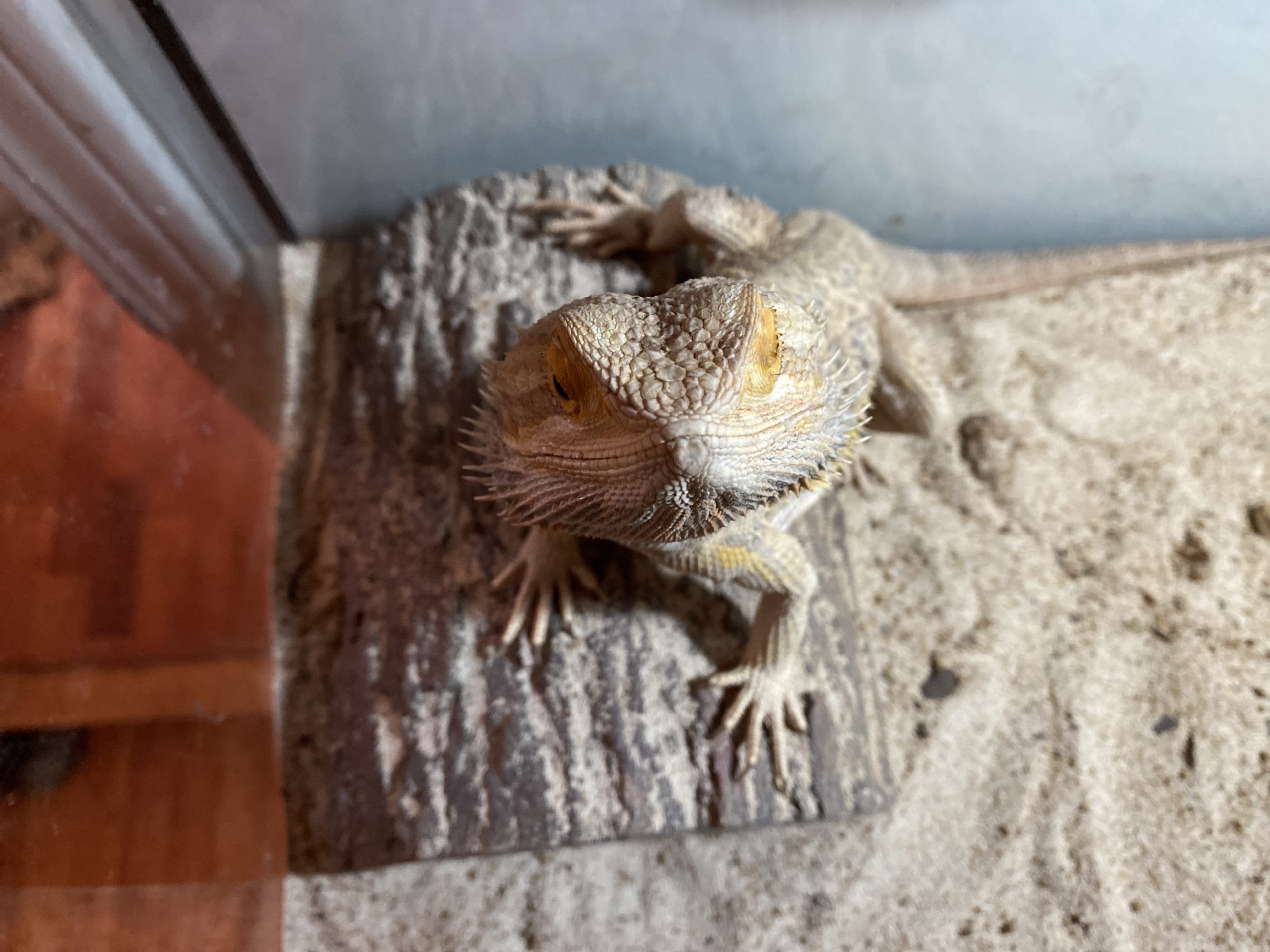
When it comes to choosing the right enclosure there are many things to consider: How big, what environment, air flow, and weight are a few of the considerations. At Frog Beans we work hard to make it easy for you to care for your critter, this includes the design of our enclosures. Many of the features we will discuss today come standard on our enclosures.
Size Does Matter!
Let’s begin with how big. How big does not only apply to the size of the enclosure, but also to the size of the critter. When choosing an enclosure for your new or well loved critter think about how big it will get not how big it is now. A general rule of thumb for enclosure size is two times the length of the critter (adult size) for the width, one and one half times the length of the critter for the depth and height of the enclosure. This is just a good basis to go by and not a hard rule. For example pythons do not need their enclosure to be two times their length. That would make for a very large enclosure in most cases. The best answer to “how big” is to know your critter and their space requirements. When in doubt follow the 2×1.5×1.5 rule.
Sizing Up?
It may seem like a good idea to get an enclosure to fit your critter now and buy larger as needed, but this can cause stress on your critter. Every time a critter is moved they are stressed. Simply changing their home could lead to extreme stress. Before changing enclosures know your critter. The best course of action is to buy an enclosure large enough to accommodate the adult version of your critter. We know this is not always possible. Sometimes a critter is unexpected and needs a home or the critter is misidentified and grows larger than expected or an enclosure breaks. When this happens a new enclosure is unavoidable. If this happens allow your critter plenty of time to acclimate to their new home. Their demeanor and eating habits may change, but should return to normal once they are comfortable once again.
See Our Critter Guide For More Details
Desert or Swap?
Now we can discuss the environment. When thinking about your critter’s environment there are many factors that come into play: Soil hygrometry, humidity, temperature, vegetation, and water access. The most common enclosure is a glass box, sold everywhere. Most readily available is aquariums (see Aquarium vs Terrarium for more information). While aquariums are less expensive and easier to get they are not always the best choice. Why? Aquariums are great at holding water. This means that are are great at keeping air out. If you critter gets its oxygen from the water this is not a big deal, but for a lot of critters they need air flow. The top is open, but the air flow is restricted because air if flowing in and out of the same opening. This type of air flow can lead to moisture build up in the bottom of the enclosure. This excess moisture can lead to mold and bad bacteria growth as well as making your critter’s enclosure unhealthy and more work for you. Using an enclosure built for terrarium or vivarium (see Aquarium vs Terrarium for more details) helps to correct this airflow issue and making it easier to maintain the enclosures environment.
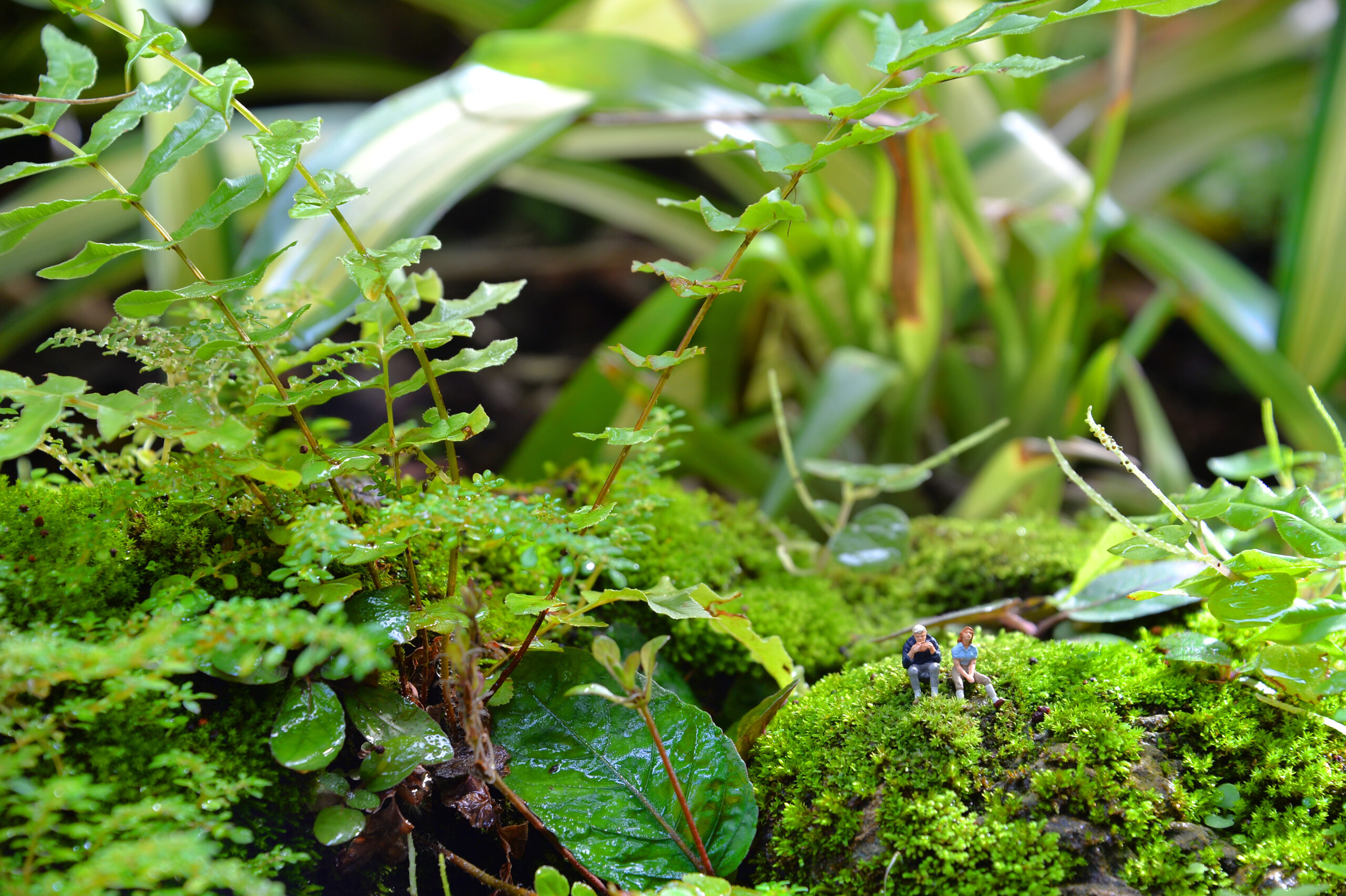
Moisture Level
Keeping the soil moisture and humidity at the correct level is the number one and two ways to maintain an environment. Choosing an enclosure built for that type of environment makes managing the moisture levels far easier than using a general purpose enclosure without proper airflow. This leads us to the next thing to look for when choosing an enclosure: Airflow.
The Winds of Change
Proper air flow changes how moisture affects the environment inside of your critter’s home. As discussed above incorrect or insufficient air flow can leave moisture in the bottom of your enclosure, even in a desert environment. Improper air flow can allow your enclosure to sweat as the temperature in the room changes creating excess moisture and changing the overall moisture content in both the air and the substrate. Even adding air flow from the side of the enclosure changes how the moisture is moved around the enclosure. For the best air flow an enclosure needs “bottom-to-top” air flow. What does that mean? Air wants to move from high pressure to low pressure. Placing ventilation holes at and below the substrate level moves air through the substrate and into the enclosure. Excess moisture is pushed from the soil and into the enclosure at large. As this air is heated it rises to the top taking the excess moisture with it. This type of air flow reduces the amount of work needed to maintain the environment within the enclosure as well as maintain a healthy balance in a bio-active (see our blog on bio-activity for more information) setup.
It’s So Heavy!
The one thing that nearly no one thinks of when buying an enclosure is its weight. As we have said the heavy glass box is the most common enclosure in critter keeping. These multi-purpose enclosures can weigh over 100lbs for a 50 gallon aquarium, empty. Once the substrate and accessories are added the weight can skyrocket to over 300lbs. The weight alone can cause these enclosures to break or split at the seals when being moved, that is if you can move them without emptying them first. Using a PVC or wood, like an enclosure by Frog Beans, can reduce the empty weight to well below 50lbs, empty, and to less than 200lbs with substrate. Wooden enclosures are also stronger than their glass counter parts. While you should not use a wooden enclosure for water critters they are great for all land environments.
Aquarium Weight
In The End
When looking for a new enclosure for your new critter or well loved critter be sure to check all of the things we just discussed: how big your critter will get and how much space you have, what type of environment do they need, what kind of air flow does the enclosure provide, and how much does it weigh. At Frog Beans we provide enclosures to meet all of these aspects and more. Each enclosure we build is built with the same care that we take when building for our own critters. We are always learning and innovating to improve our enclosures and make caring for your critter easier and less time consuming.

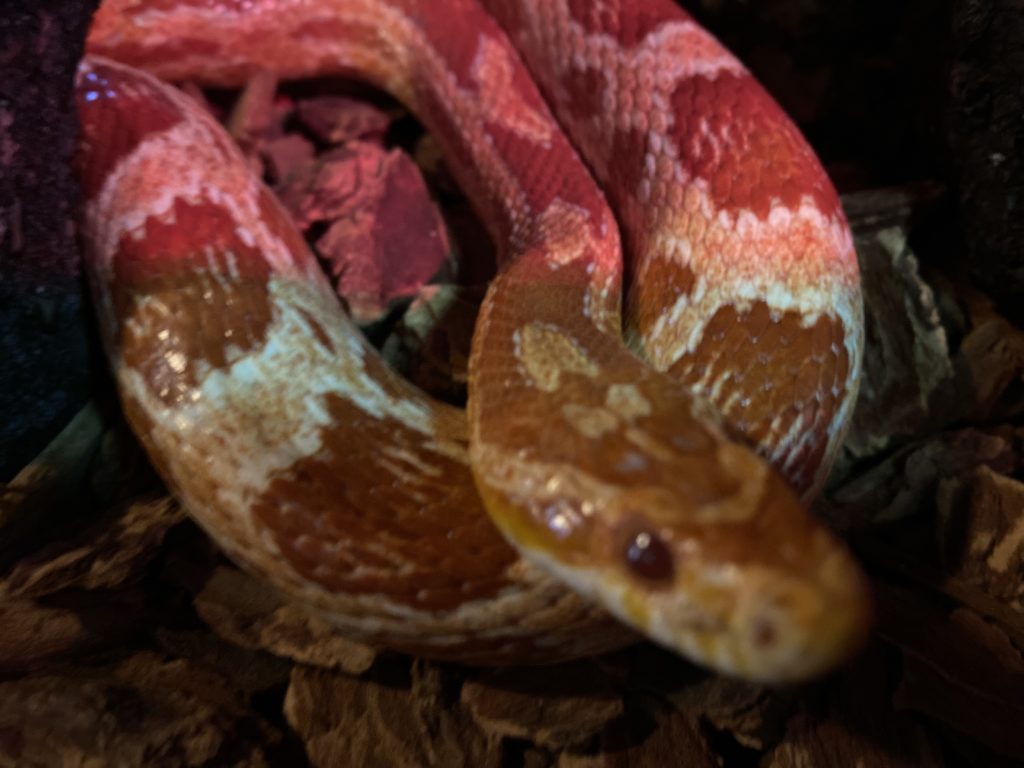

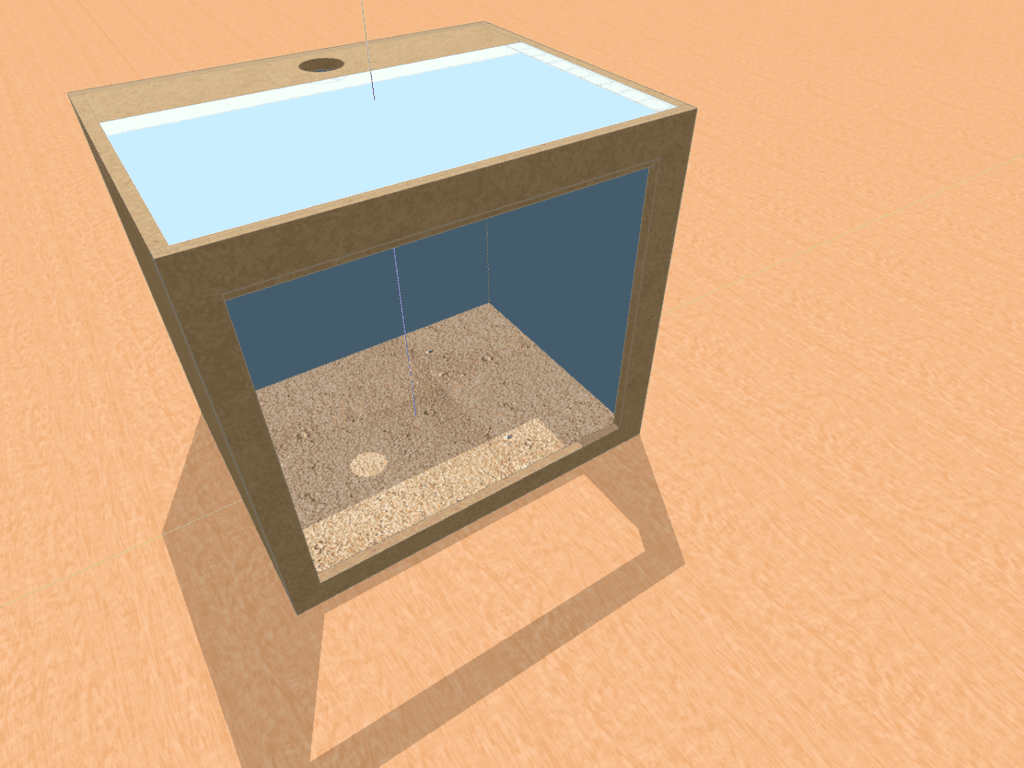
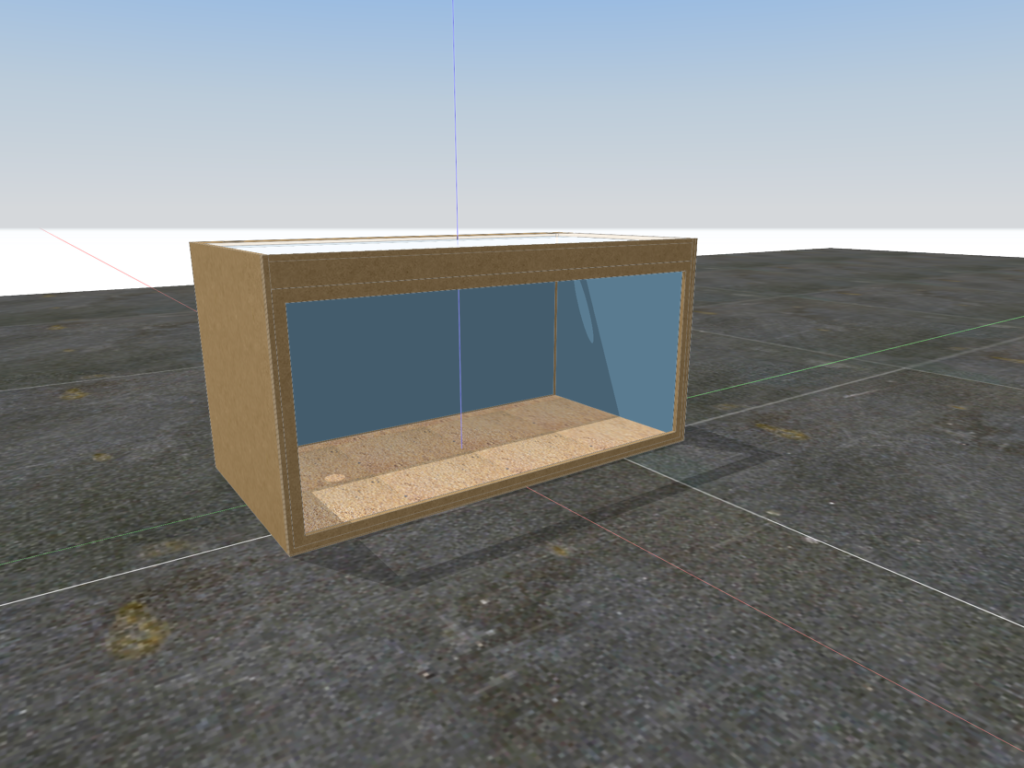
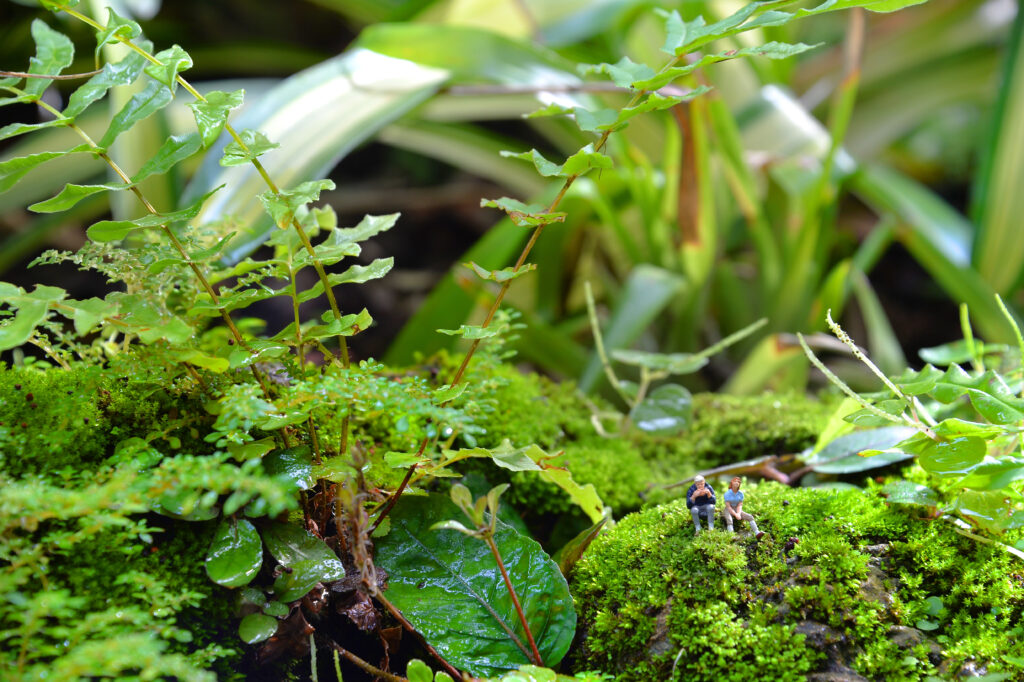
0 Comments